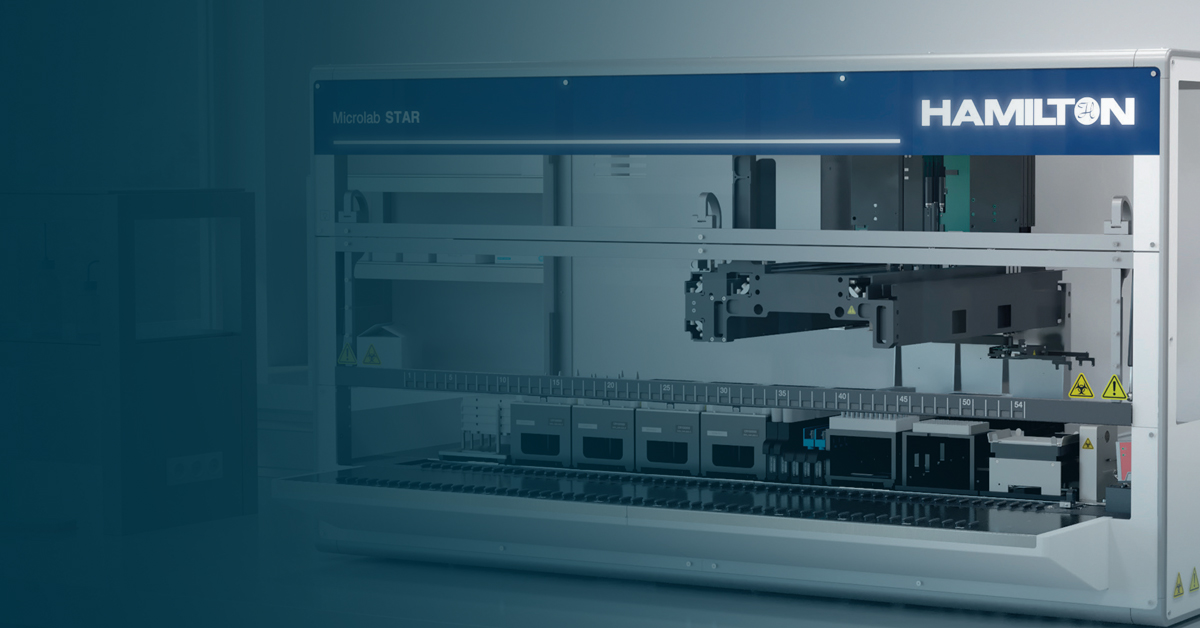
By Miroslav Backonja, M.D. and Jayne Abraham, Ph.D.
Major advances have improved management of acute pain globally. Emphasis in acute pain studies has shifted to outcomes that go beyond “good pain relief” to reductions in the risk of developing chronic pain, acute medical conditions, and the development of psychological disturbances due to pain. However, burn-associated pain represents one area where there is relatively little direction on the appropriate design and conduct of pain experienced by patients. To overcome challenges in burn pain management research trials, there are a number of design-important issues that need to be considered.
Understanding Variability of Burn Pain
In any trial design, neuroscience clinical researchers need to consider the many variables that affect burn pain, including the phase of the wound and degree of the burn, the person affected, depth of the skin lesion, and the inflammatory response. A multidisciplinary approach to burn trauma pain management is crucial for a successful clinical outcome and must consider all of the above variables in targeting the various patient populations. Viewing the pain to be homogeneous among all patient phenotypes will lead to inadequate pain assessment, which hinders meaningful research and prevents optimal management of burn pain.
Human Pain Models
In the conduct of pain management studies, the selection of human pain models has many important implications, and that permeates from early to late development. Most of the time, the overriding factor in selection of a pain model is what the indication will be at the end of the trial. Consequently, a small number of proven models, such as osteoarthritis and diabetic neuropathy are typically chosen, therefore limiting the development of new therapeutics for many other indications.
One approach would be to conduct trials with less studied models, such as burn pain, which is usually severe in the case of deep and extensive burns, and typically treated with standard analgesics such as opioids. This is clearly an area which would benefit from the development of new therapeutics, and although like every clinical trial model it has multiple challenges, it also it presents itself as relatively straight forward, from the prospective of selection criteria. Clearly, the clinical problem faced on a daily basis is complex and burn pain management research is essential in continuing to develop solutions to solve the clinical problems. To aid early analgesic development, human experimental pain models are receiving deserved attention and would inform later stages, including burn pain, more appropriately.
Pain Management Research: Learn more about Worldwide’s Capabilities
To learn more about Human Experimental Pain Models, listen to an on-webinar hosted by Worldwide on this topic here. You can also learn more about Worldwide’s analgesia and pain experience here, and read a comprehensive article on burn pain trial design here. Working closely with our sponsors, we look forward to continuing the advancement of burn pain management.
Miroslav Backonja, M.D., is a Senior Medical Director of Neuroscience at Worldwide Clinical Trials
Jayne Abraham, Ph.D., is a Director of Medical and Scientific Affairs of Neuroscience at Worldwide Clinical Trials




